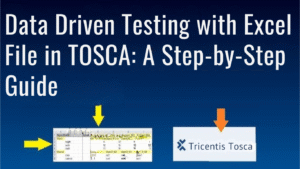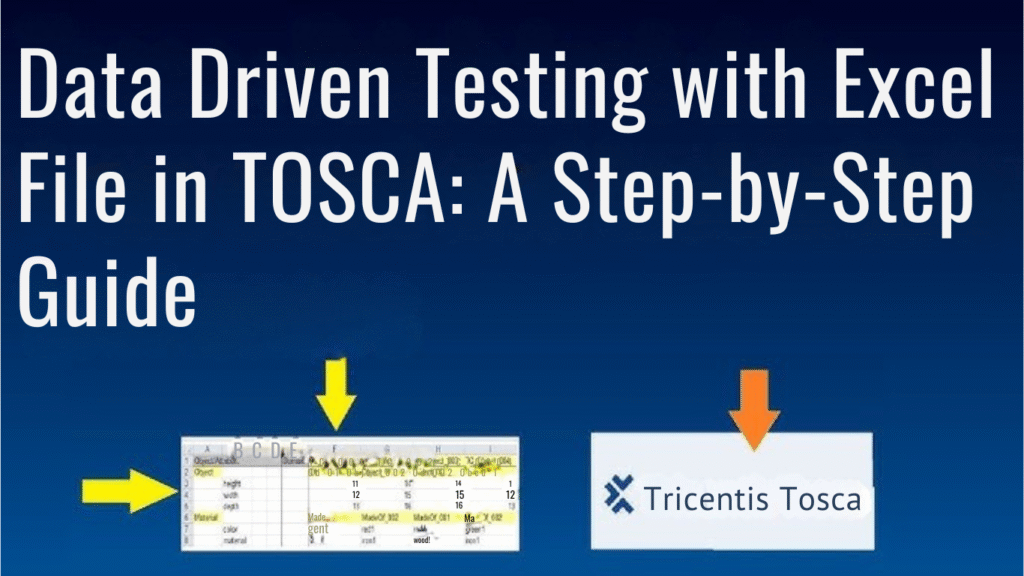Following are the simple 10 steps that your team put in place Implementing Agile Scrum setup.
Agile Scrum methodology is a style of project management that emphasizes incremental progress. It is a sprint-based approach to provide the most outstanding value of the product to stakeholders.
Step 1 – Build the team, Identify the roles.
To do this, you’d need to identify the following
- Identify the scrum master – A scrum master coaches the team and is in charge of binding the team as per the Agile principles in an ever-improving manner. They assist the PO, help the development team in delivering value. They also facilitate the ceremonies, help remove any impediments that come in the way of the group.
If you ever planned a career in Scrum master, I must say it is an exciting role! A scrum master plays a vital role in the scrum team, and scrum master training can help you master that art.
- Identify the people who do the work to build the product. This team should be self-organizing, responsive, and flexible to change.
- Identify the Product Owner – The Product Owner will act as a bridge between the team and the customer. They convey the prioritized set of requirements of the customer to the team.
Step 2 – Educate the team about the Scrum Agile way of working.
Now that the team is ready, it would be great to educate the team on the Scrum agile way of working. Understanding the agile principles is vital.
For this, the organization can work towards supporting the team in completing an agile scrum certification online. A certified team will help build the brand of the company with a set of well-informed practitioners. Also, with this, a customer will have more confidence in handing over their project for execution to an accredited team.
Step 3 – Decide on the tools that the team plans to use.
Tools power the team. Hence choose the best tools that work for your team. Eventually, they help increase the productivity of the group.
For example, tools such as the following are great choices – Jira, Asana, Monday.com, ClickUp, GitHub, etc.
The advantages of using these tools are –
- There is a better understanding of resource productivity.
- There is a better understanding of the project status.
- Everyone is aware – anybody can log in to understand what is happening in the project.
- Increased transparency
- It keeps the team collaborating efficiently.
Step 4 – Schedule the ceremonies
An agile scrum team needs to schedule on their calendar the scrum rituals. The scrum master facilitates these meetings to run successfully.
- Sprint Planning
- Daily Scrum
- Sprint Review
- Sprint Retrospective
These meetings help keep the whole team informed in a timed fashion, creating a shared objective and vision and team progress with all team members.
Step 5 – Define the definition of done.
Before the team starts on an agile scrum project, they need to decide how to define “done.”
The Definition of Done is a set of agreed-upon requirements which declare a particular task as “completed.”
For example, the team can build a list to check the following.
Is the code peer-reviewed?
- Is the code checked in?
- Is the code deployed?
- Has the feature passed testing?
- Is The code documented?
- Have the Stakeholders given their approval for the feature? And more…
Step 6 – Build the Backlog. Keep the Backlog organized.
The Backlog is a prioritized list of items of work.
The Product Owner should ensure that the Backlog is built as per the customer’s requirements and is organized based on priority conveyed by the customer. To make it happen, the PO would need to be fully aware of the business requirements.
Those backlog items that a team will be working on shortly should contain enough information to get started. This is what the PO should ensure.
Step 7 – Plan the Sprint – Clarify.
Plan the sprint new sprint.
During the sprint planning, decide which product backlog items the team will work on during that Sprint.
The team accordingly breaks down the items into tasks and estimates the time they will complete them. They do this by clarifying the requirements with the help of the Product Owner.

Step 8 – Sprint! .. and track progress
Now that you have the Sprint duration set up and chosen the work items for the current Sprint, it is time to get started!
Once the team gets started on the Sprint, they ensure that they complete the work planned for that Sprint.
The Scrum Master removes any impediments that come in the team’s way.
Discuss the following –
1. What have they achieved since the last meeting?
2. What will they achieve before the next meeting?
3. Is anything holding up their progress?
Tracking progress is vital to understand where the team stands in achieving the sprint goal. It helps understand the team’s velocity and anticipate their success.
During the Sprint, the team should ensure that they update their progress so that the burndown chart reflects that progress.
Step 9 – Perform the Demo
Conduct the Demo at the end of the Sprint. This helps the customer understand what the team completed and how the product operates. It enhances the culture of sharing and transparency.
They provide a chance for –
- Customers to provide feedback and lets the team know if the customer is happy with the completed task.
- The team members to offer comments and ask questions.
- Teams may exchange their findings during these demos.
Step 10 – Review and Reflect as a team
Review and reflect on how the team conducted the Sprint.
The scrum team needs to ensure they conduct sprint retrospectives to do so. The advantages of this are –
- Allows the team to reflect on their work and celebrate their accomplishments at the end of each Sprint.
- Assists the team in continuing to improve their procedures.
The team addresses the following topics at the Sprint Retrospective:
What was successful in the Sprint?
- What could be better?
- In the upcoming Sprint, what will we commit to improving?
Conclusion
These quick tips will help a team implementing agile scrum way of working.
Once the team is aware of the Agile scrum principles and the advantages that come from them, sure success is guaranteed. It helps build a strong team working towards building a high-quality product. The result – a happy customer!
























